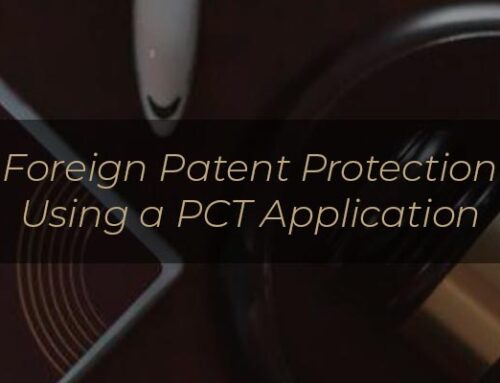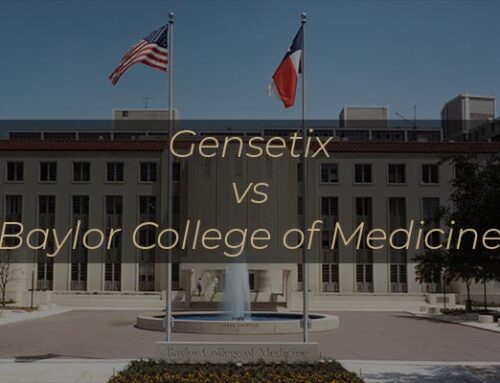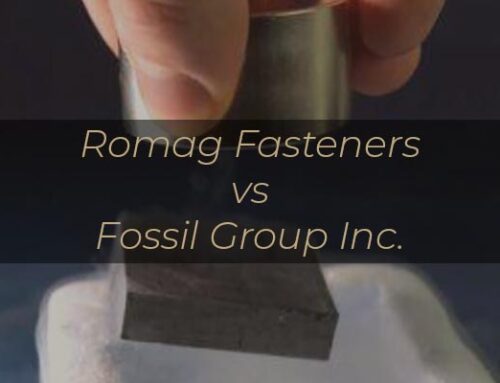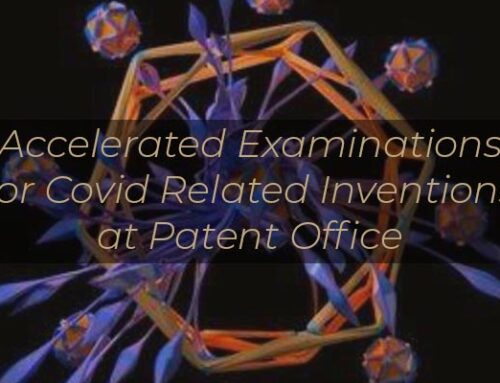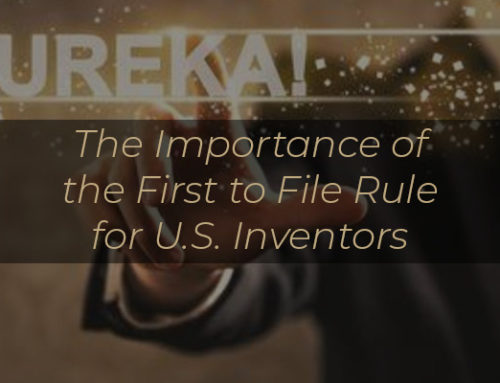In Samsung Elecs. Co., Ltd v. Infobridge PTE Ltd., (Fed. Cir. July 12, 2019) the Federal Circuit found that the PTAB applied the wrong legal standard for determining whether a reference was publicly accessible before a critical date of a challenged patent. The PTAB upheld all claims of the challenged patent, finding that Samsung failed to establish that the asserted prior art reference was publicly accessible before the patent’s critical date.
Samsung had cited three items as evidence of public accessibility: 1) discussions during meetings to develop the technology in the reference; 2) publication of the reference on a website; and 3) a listserv email with a link to the reference sent to attendees of the meetings and other interested individuals. The PTAB found that there was insufficient evidence to show that a person of ordinary skill in the art would have located the reference on the website such that it qualified as prior art, and that limited distribution of the reference in the listserv email was insufficient to show the reference was publicly accessible.
The Federal Circuit agreed with the PTAB that the discussions at the meeting did not make the reference publicly accessible because the reference was not created until after the meetings. The Federal Circuit also agreed that posting on the website did not make the reference publicly accessible because ones of ordinary skill could not locate the reference on the website by exercising reasonable diligence. However, the Federal Circuit found that listing of the reference on listserv may have been sufficient to make the reference publicly accessible. The Federal Circuit vacated the PTAB’s decision and remanded for the PTAB to reconsider whether persons of ordinary skill other than the creators of the reference could have accessed the reference after exercising reasonable diligence, including considering “whether a person of ordinary skill, exercising reasonable diligence, would have joined the listserv” and “the circumstances of the email itself, for example why the email was sent and whether it was covered by an expectation of confidentiality.”


